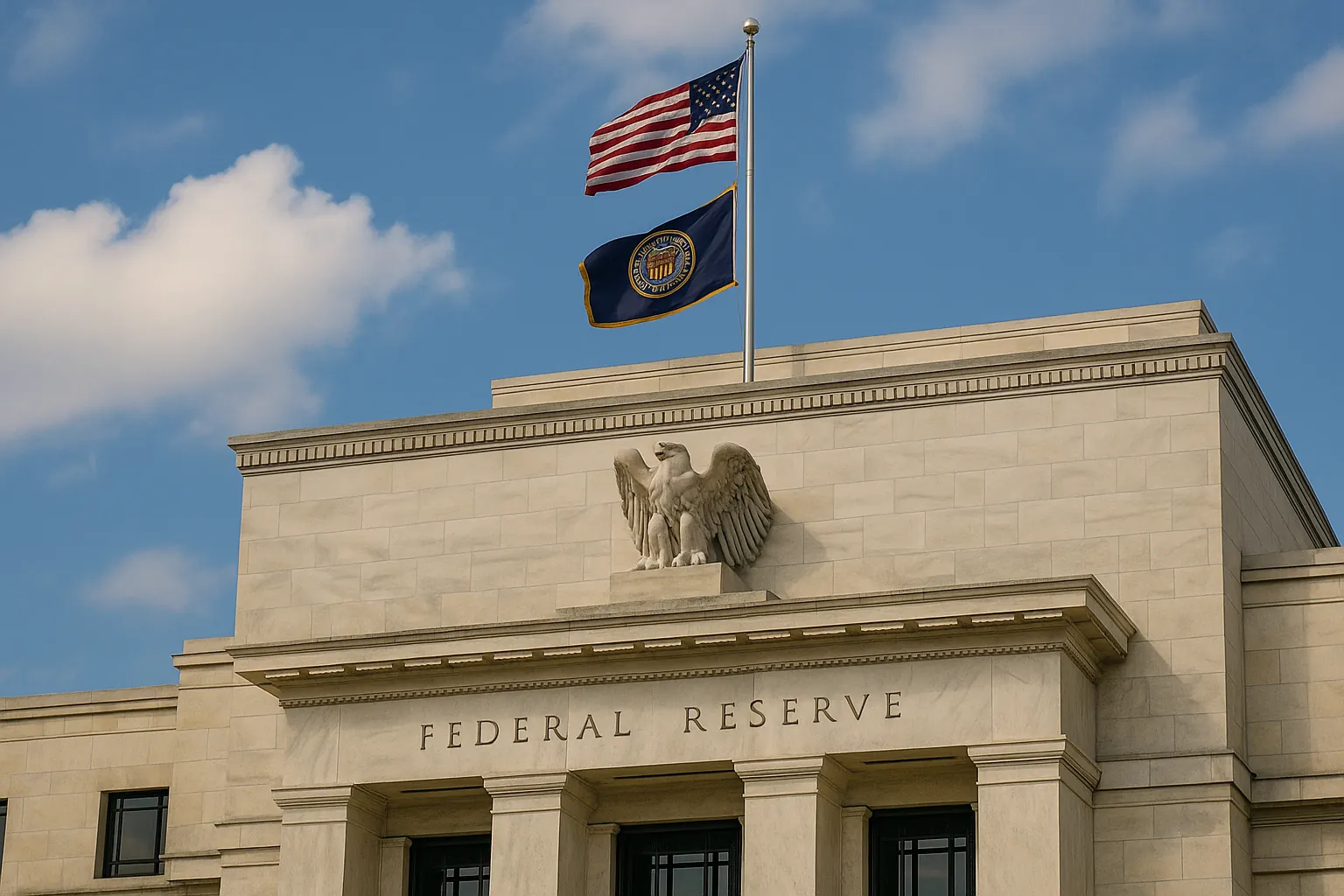The Federal Reserve’s latest move — Fed cuts rates by a quarter point — is being celebrated as a long-awaited shift. Yet, beneath the applause lies a more troubling truth: this timid reduction may expose the U.S. economy to greater fragility rather than securing growth.
Context: Mainstream Narrative
According to the official story, the Federal Reserve reduced interest rates for the first time this year, trimming them by 0.25 percentage points. The decision, The New York Times notes, reflects an attempt to balance inflationary pressures with the need to support employment. One board member even argued for a deeper cut, underscoring disagreements inside the Fed about how aggressively to act.
Mainstream economists claim this is a “measured step,” a balancing act to cool inflation while still stimulating the economy. The Fed hopes to reassure markets and businesses that it is not asleep at the wheel.
Oppositional Argument: Why the Mainstream Is Wrong
This is not a balancing act. It is hesitation disguised as prudence. Fed cuts rates with minimal courage, while pretending that a quarter point is enough to shield workers and businesses from deeper shocks. The mainstream narrative misses the obvious: inflation remains sticky, growth is slowing, and the job market is no longer robust.
By cutting so little, the Fed risks signaling fear. Investors see hesitation, not conviction. Workers see wages stagnating while debt burdens rise. The economy is stuck between two half-measures: not enough to ease credit, not strong enough to tackle real unemployment.
Analytical Breakdown: Causes and Consequences
Historically, rate cuts only work when bold and timely. The Fed’s action recalls its slow response before the 2008 crash, when half-steps allowed recession to deepen. Today, households face record credit card debt, mortgage costs remain punishing, and consumer spending is fragile.
The immediate cause of this rate cut is clear: persistent inflation has trapped policymakers. They are afraid to cut aggressively, fearing another price surge. But the consequence is paralysis. Inflation may cool slightly, but growth risks collapsing if borrowing costs remain high enough to choke investment.
Markets have already priced in deeper cuts for later this year. If those don’t come, Wall Street’s confidence will crack, dragging Main Street along with it.
Human Perspective: The Impact on Ordinary People
For ordinary Americans, this quarter-point cut feels like crumbs tossed from the high table. Families juggling rising rents and medical bills will see no relief. Small businesses struggling with loans will not suddenly expand hiring.
I spoke with a café owner in Philadelphia who summed it up bluntly: “It’s nothing. My loan payments don’t change. My staff still ask for raises I can’t afford.” The Fed’s policy, once again, serves markets first, while real people remain exposed.
Counterarguments
Defenders argue that cutting too much could reignite inflation. They claim caution is necessary, that households would suffer worse if prices surged again. But this defense ignores a painful reality: most households are already suffering. Inflation has already stripped away wage gains, and high interest rates compound the misery.
What Americans need is decisive action — either a bold cut that truly eases credit or structural policies beyond the Fed’s toolbox. Half-measures only prolong pain.
Conclusion: A Strong Closing Stance
Fed cuts rates, but it is a hollow gesture. The central bank chose political safety over economic necessity. A quarter point is not leadership — it is cowardice dressed up as caution.
If the Fed continues on this timid path, America risks repeating its worst economic failures: slow responses, shallow relief, and a widening gap between Wall Street’s comfort and Main Street’s despair. The time for half-steps is over. Boldness, not hesitation, is what the economy demands.
